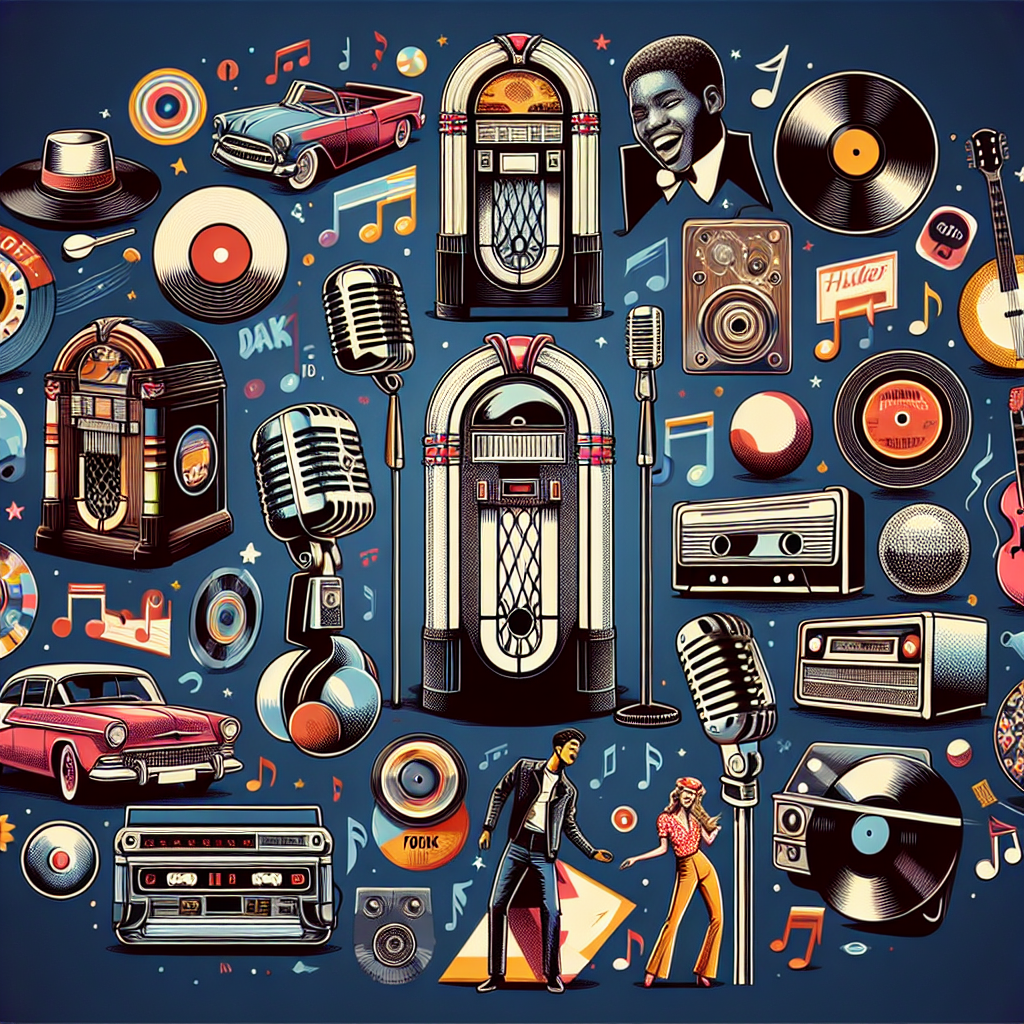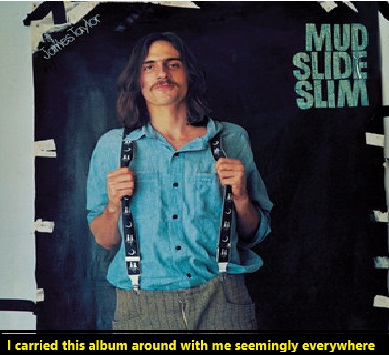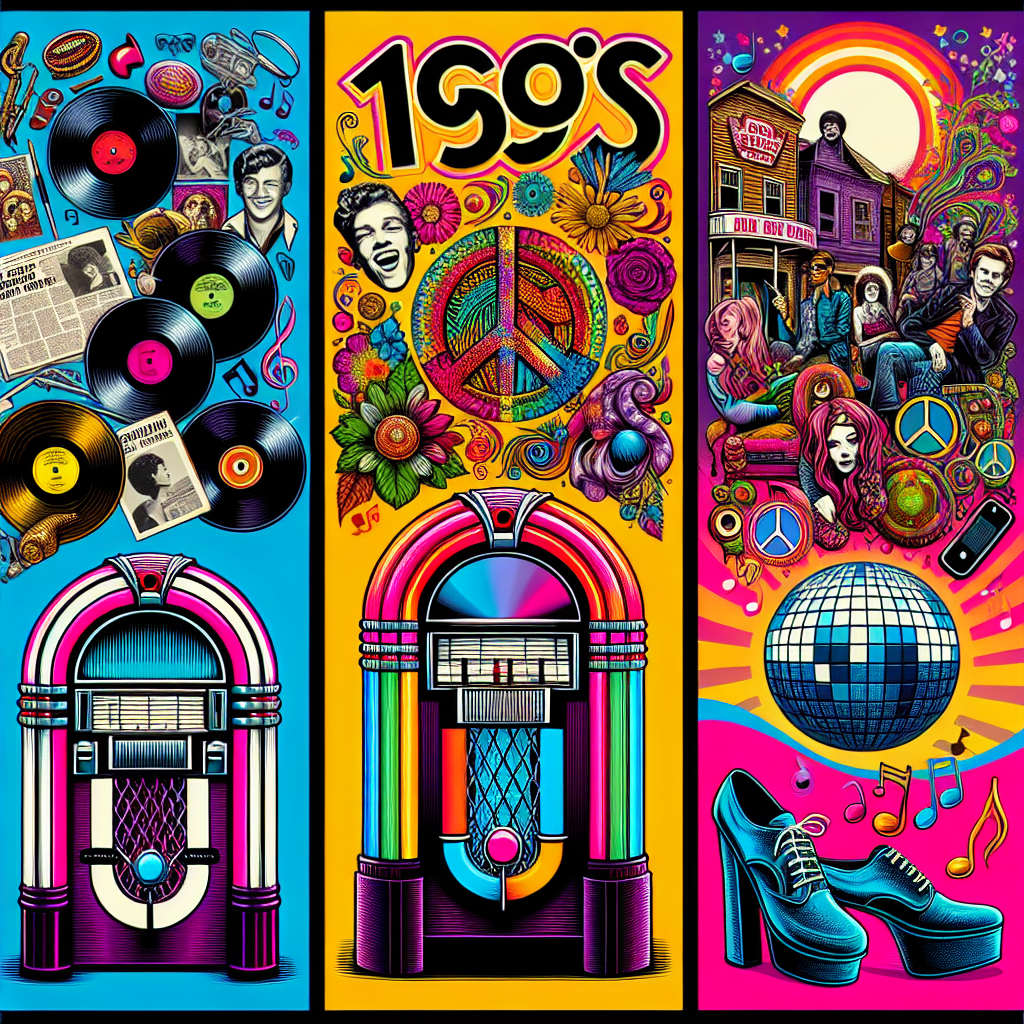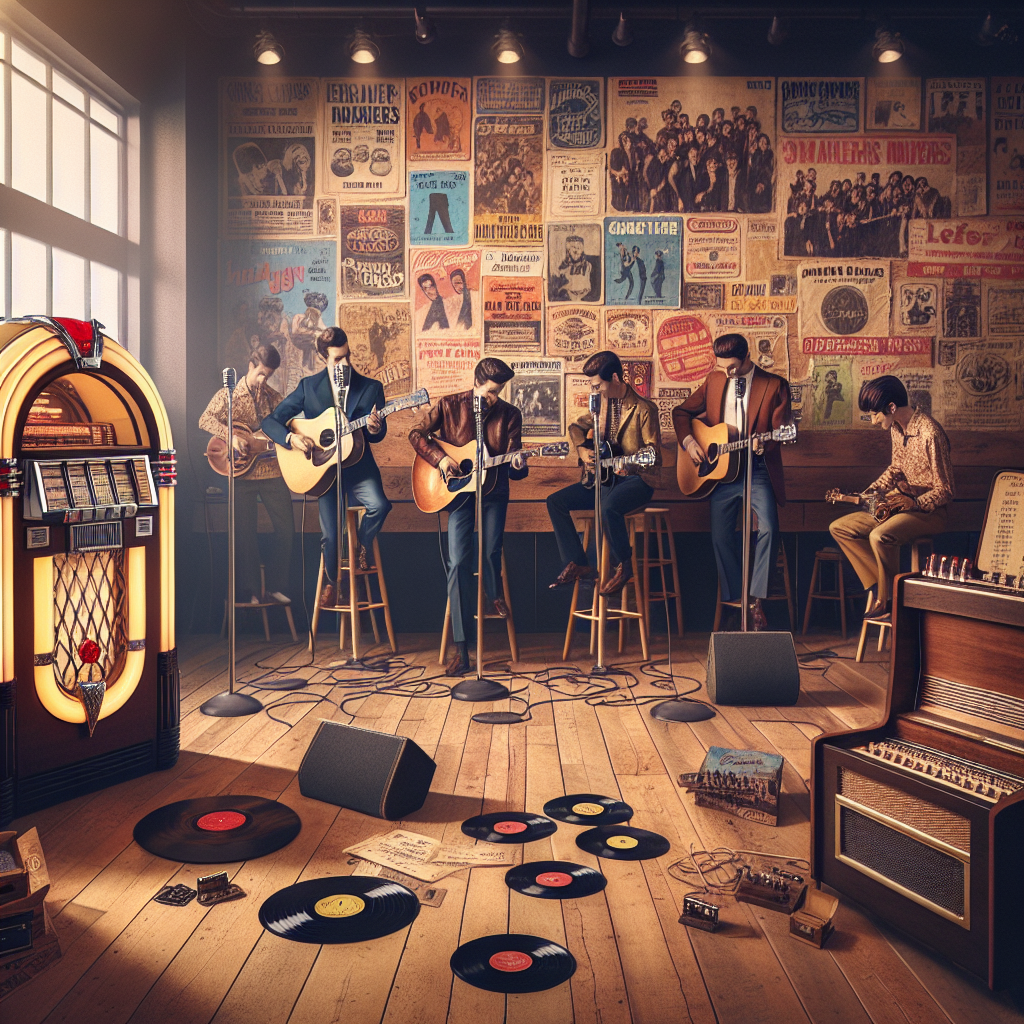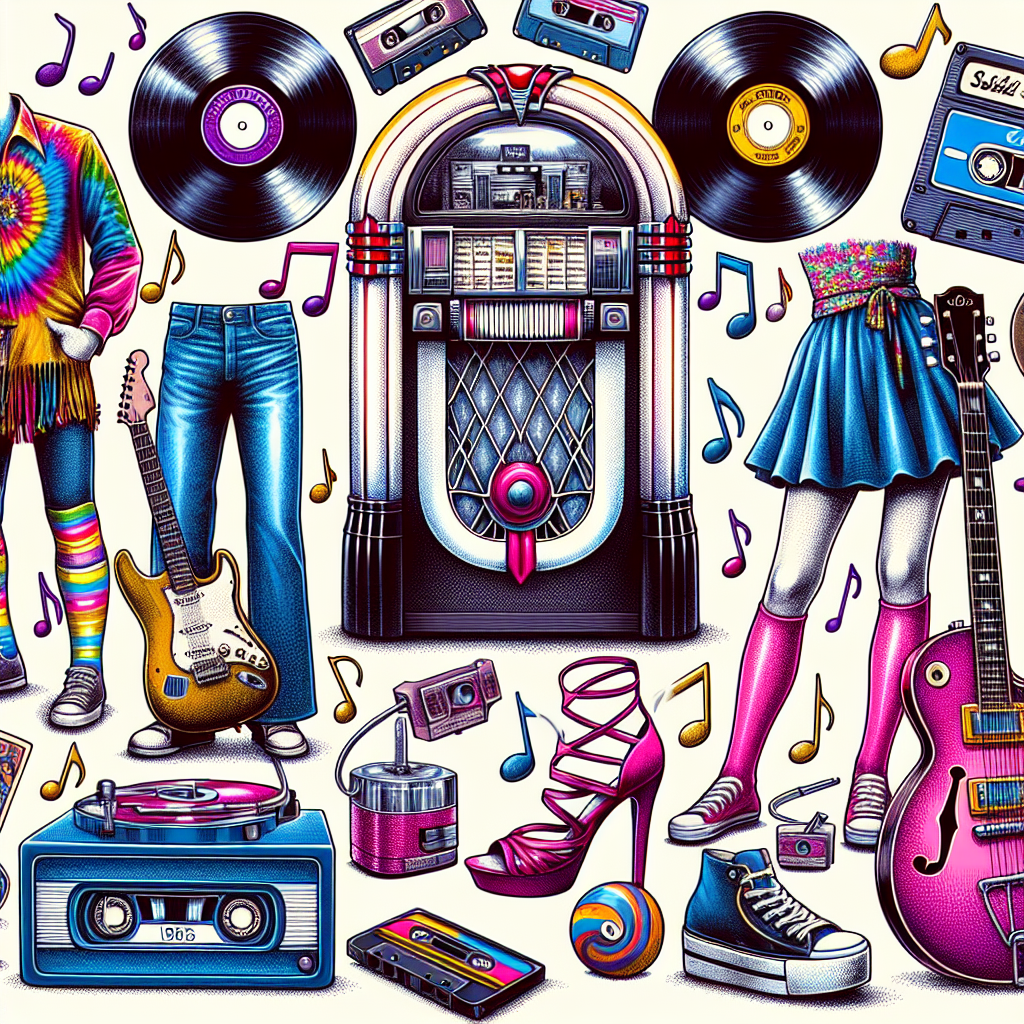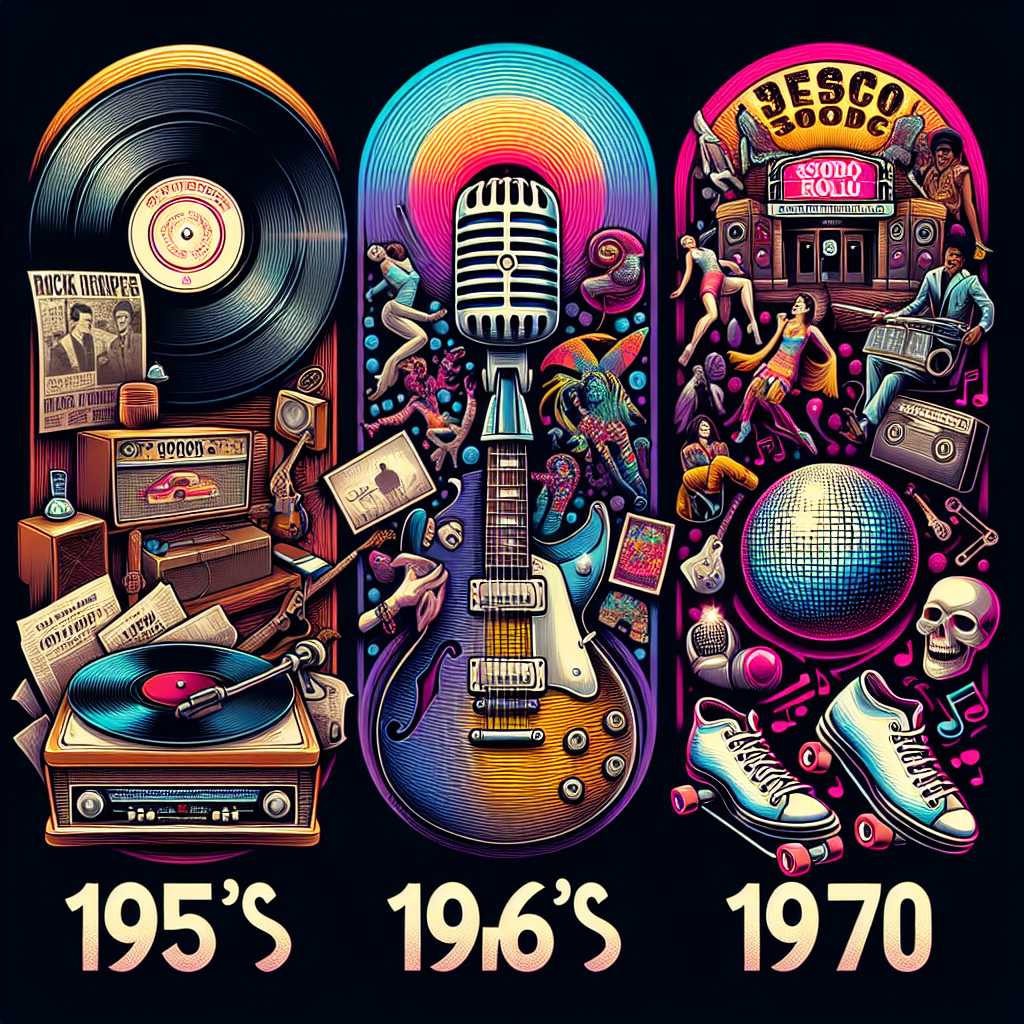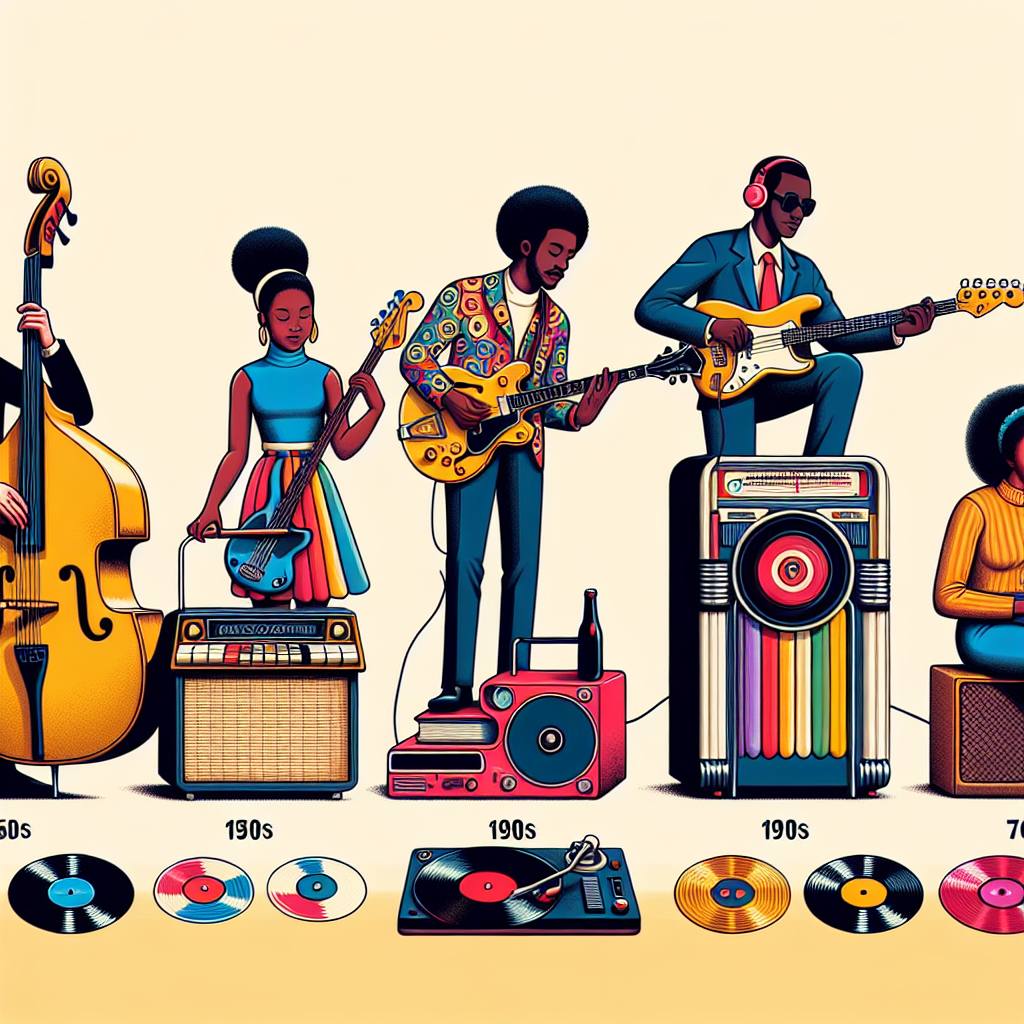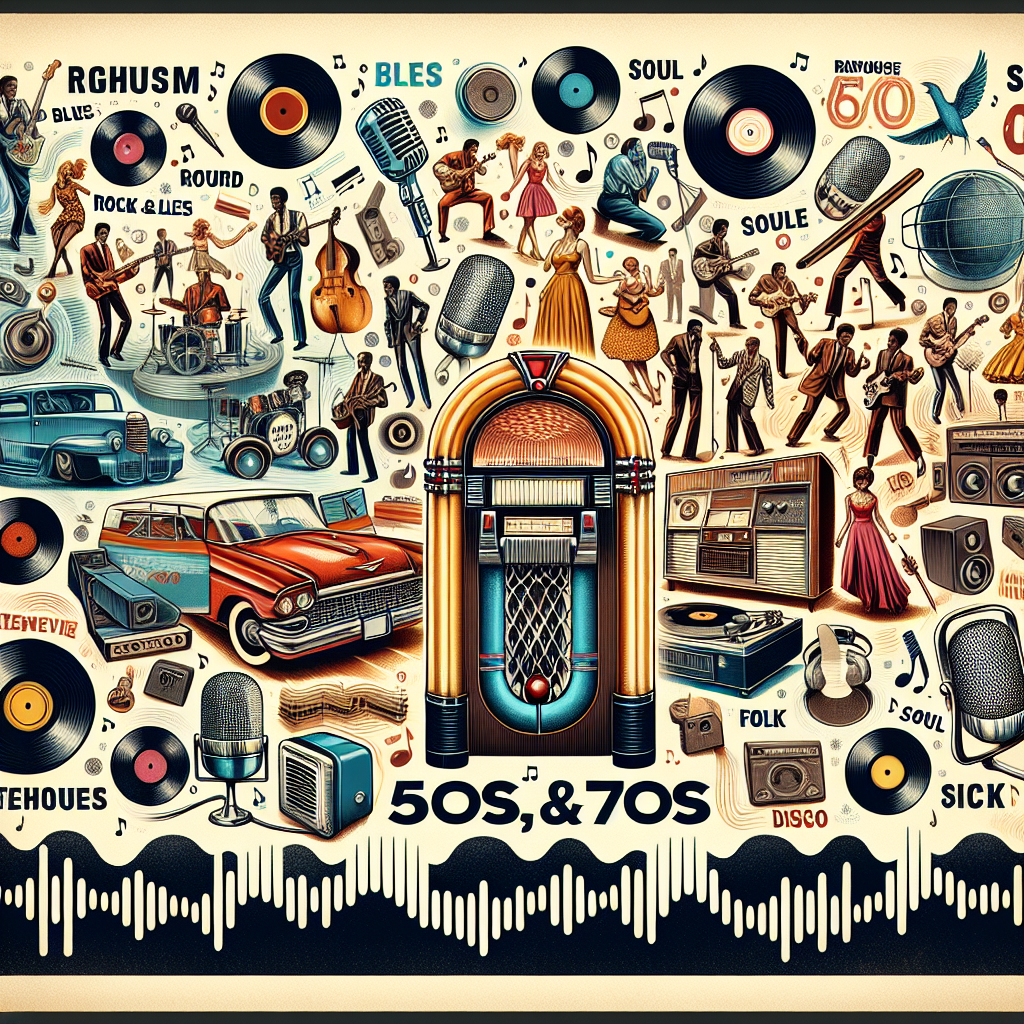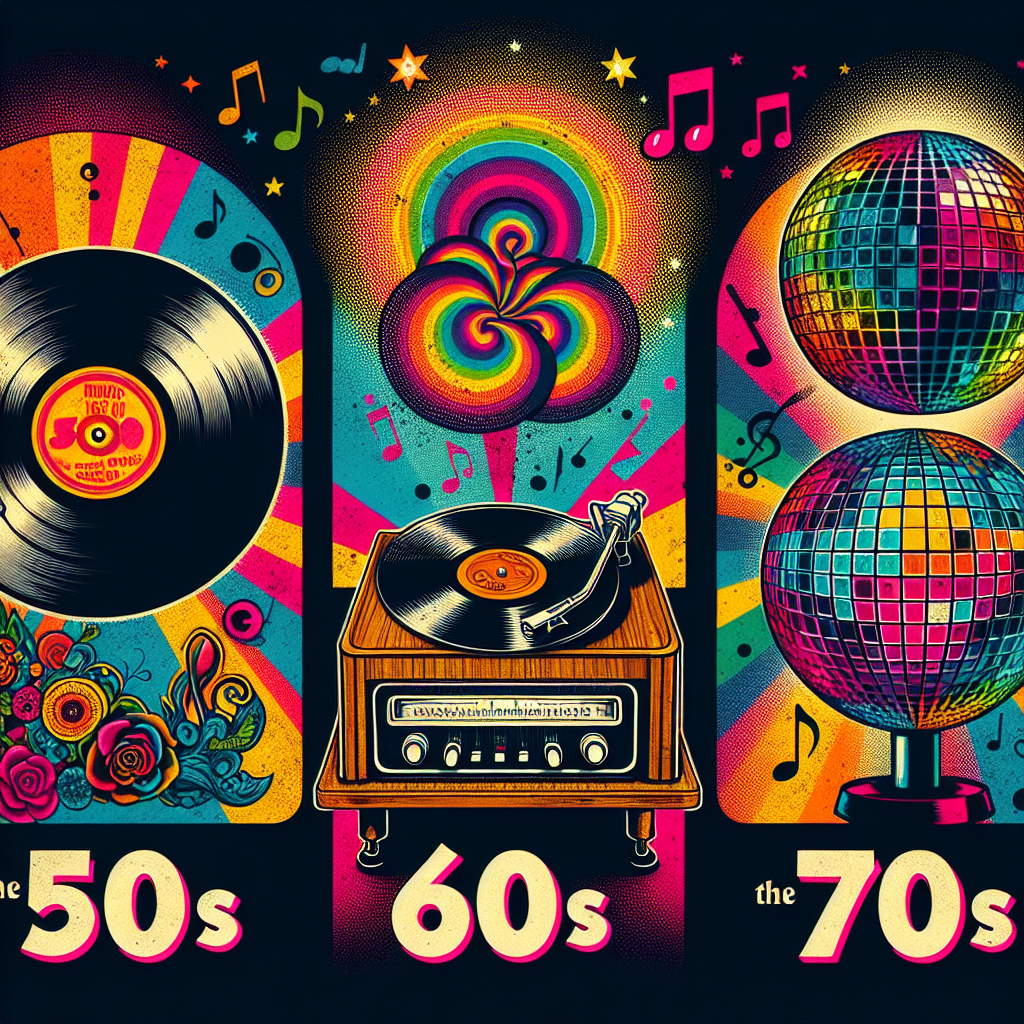Psychedelic rock emerged in the 1960s as a subgenre of rock music that was heavily influenced by the psychedelic experiences brought on by hallucinogenic drugs such as LSD. This genre of music not only revolutionized the sound of popular music but also had a profound impact on various aspects of popular culture including fashion, technology, and even politics.
One of the most significant contributions of psychedelic rock was its influence on mainstream music. Artists like The Beatles, The Rolling Stones, and Pink Floyd incorporated elements of psychedelia into their music, creating a new and experimental sound that captivated audiences around the world. The use of unconventional instruments, complex vocal harmonies, and surreal lyrics became synonymous with the genre, setting it apart from traditional rock music.
But psychedelic rock didn’t just stop at changing the sound of music – it also had a lasting impact on popular culture as a whole. The colorful and trippy visuals associated with psychedelic rock album covers and concerts inspired a new wave of artistic expression in other mediums such as film and visual art. The iconic imagery of bands like Jefferson Airplane and The Doors became synonymous with the counterculture movement of the 1960s.
Furthermore, the rise of psychedelic rock also had an impact on fashion trends during this time period. The vibrant colors, bold patterns, and flowing silhouettes that were popularized by musicians in the psychedelic rock scene became emblematic of the era. Fashion designers drew inspiration from this new aesthetic, incorporating elements of psychedelia into their designs and paving the way for a more expressive and experimental approach to clothing.
Technology also played a significant role in shaping the sound of psychedelic rock. Advances in recording techniques allowed artists to experiment with new sounds and effects in ways that were previously unimaginable. The use of tape loops, echo chambers, and other studio innovations became common practice among psychedelic rock bands, contributing to the dreamy and ethereal quality that defined the genre.
Even politicians couldn’t ignore the cultural impact of psychedelic rock during this time period. As songs began to address social issues such as war, civil rights, and environmentalism, politicians took notice of the influence that musicians held over their audiences. Psychedelic rock became a powerful tool for spreading messages of peace, love, and unity – values that resonated with many young people who were disillusioned with mainstream politics.
In conclusion, the rise of psychedelic rock in the 1960s had a profound impact on popular culture that can still be felt today. Its influence can be seen not only in music but also in fashion trends, technological advancements, and even political movements. By pushing boundaries and challenging conventions, psychedelic rock paved the way for a more creative and expressive approach to artistry that continues to inspire generations of artists to this day.
